Have you ever wondered if your cat really knows your face, or if you’re just another blur to them? That moment when your feline friend stares straight into your eyes, you might feel like the two of you share a secret language. But is it possible that your cat actually recognizes your face like a human would? The idea is as fascinating as it is mysterious, stirring curiosity in cat lovers everywhere. Let’s journey through the latest science, heartfelt anecdotes, and quirky feline behaviors to unravel the truth behind this age-old question.
Understanding Cat Vision: More Than Meets the Eye

Cats see the world very differently from us. Their vision is adapted for hunting in low light, so they excel at spotting movement in the dark. However, their color perception is limited; they mainly see shades of blue and green and struggle with reds. Unlike humans, who see fine details with ease, cats have fewer cones in their eyes, which means they don’t focus on facial features as sharply. This doesn’t mean they’re blind to us—it just means their brains prioritize different visual cues. When your cat looks at you, they’re picking up clues that go beyond just your facial structure.
The Science Behind Facial Recognition in Animals

Scientists have studied how different animals recognize faces, and the findings are surprising. Some animals, like dogs and primates, have demonstrated impressive facial recognition abilities. With cats, the results have been mixed. Experiments show that while cats can distinguish between familiar and unfamiliar faces, they often do so using other senses besides vision. Cats may rely more on voice, scent, and movement rather than just what your face looks like. This means your cat’s recognition of you isn’t just skin-deep—it’s a blend of multiple senses working together.
How Cats Recognize Their Owners
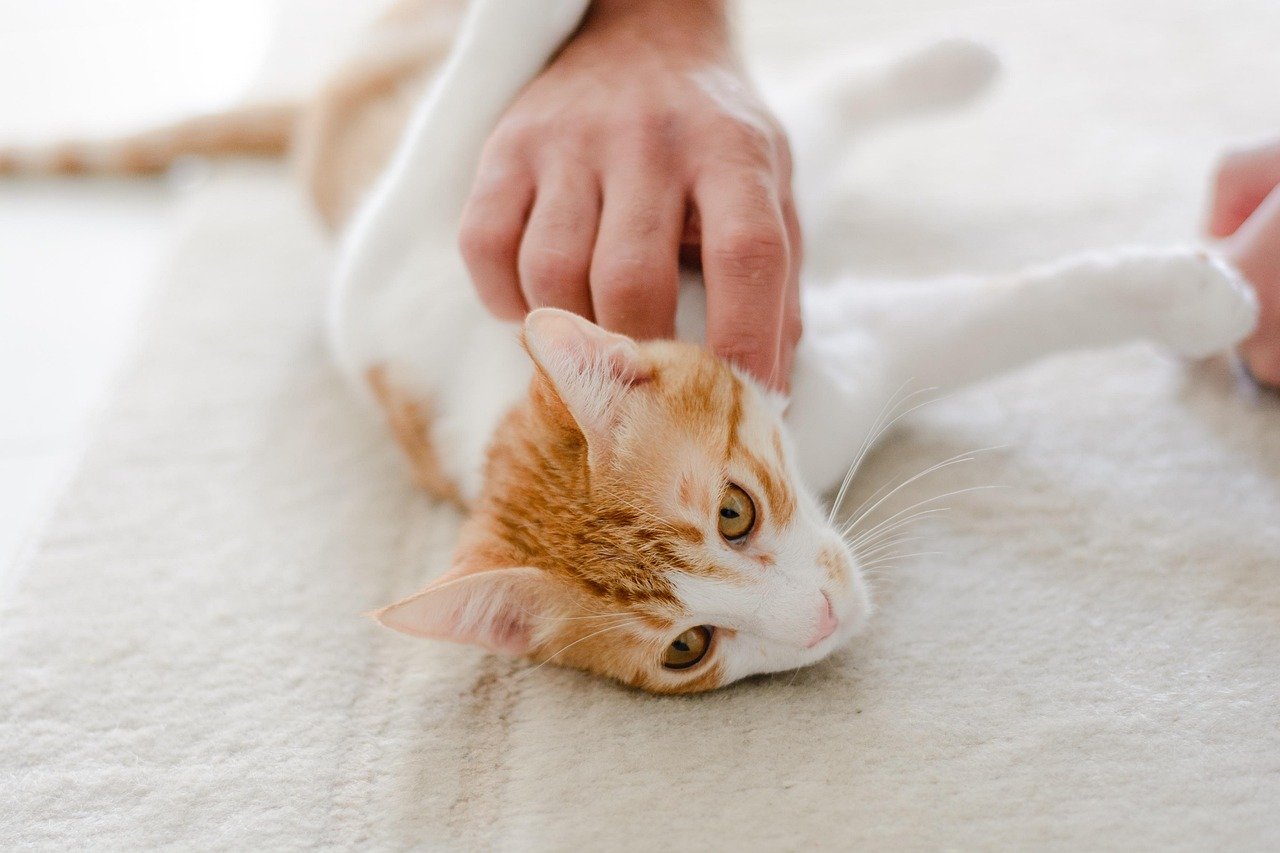
Imagine walking into your home after a long day, and your cat comes running. Is it because they saw your face? Not entirely. Cats recognize their owners in a combination of ways: by the sound of your footsteps, your voice, your unique scent, and yes, sometimes by your face too. They are masters of association, linking your presence to positive experiences like cuddles, treats, or playtime. Over time, your cat builds a memory bank of cues that tell them you’re “their person.”
Do Cats Really Know What You Look Like?
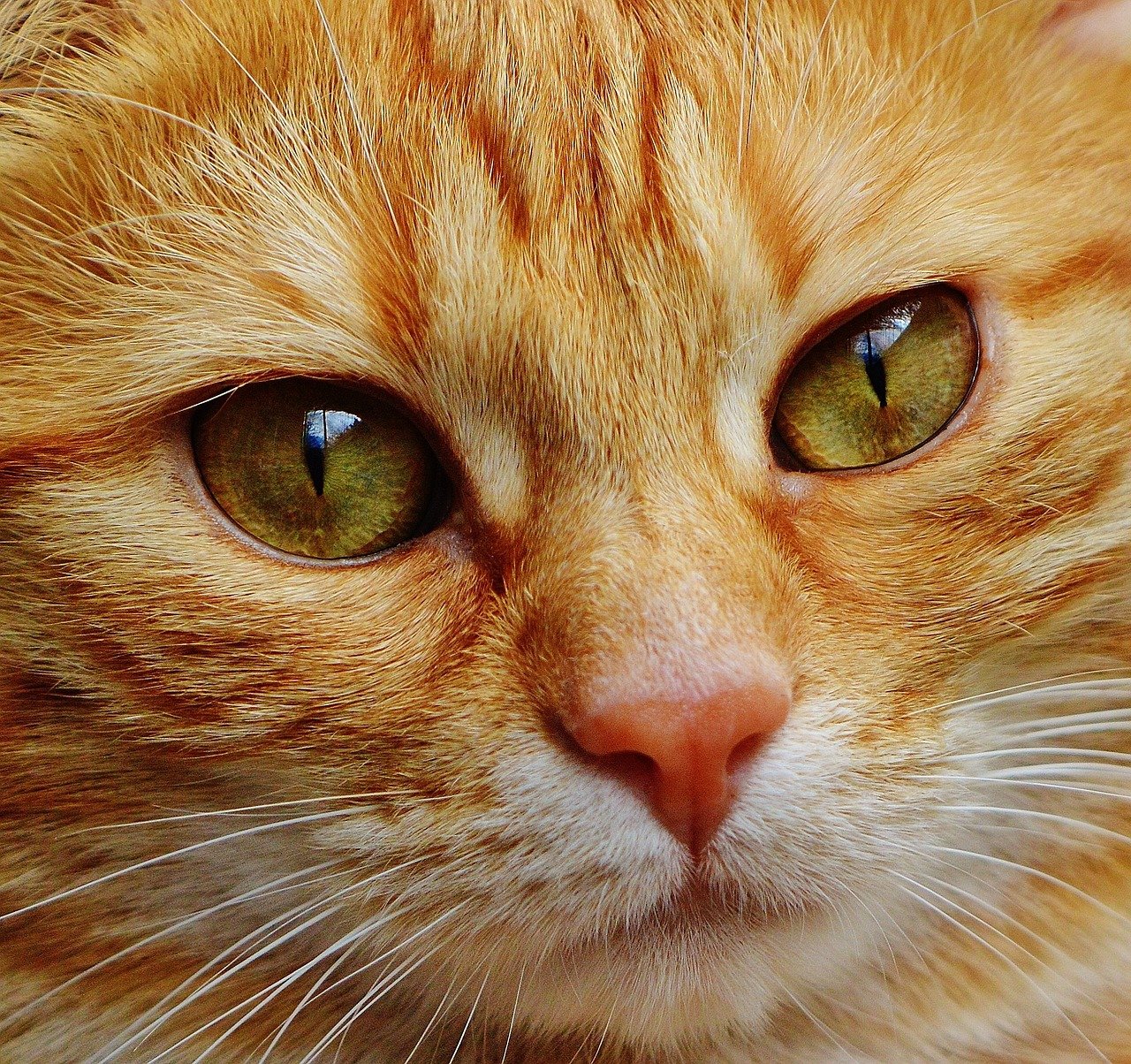
While cats may not recognize faces with the same precision as humans, they certainly notice differences. For example, they can tell when you’re wearing glasses or have changed your hairstyle. Some cats react cautiously to owners after a major change, suggesting that they’re thrown off by alterations in your appearance. However, they quickly adjust, using your voice or scent to confirm your identity. This adaptability shows that cats are observant, even if their recognition is not strictly visual.
Scent: The Secret Ingredient to Recognition

A cat’s world is dominated by smell. Their noses are far more sensitive than ours, and scent plays a huge role in how they identify people and places. Even if you look completely different, your cat can recognize you by your unique scent. They often rub against you to “mark” you with their scent, reinforcing the bond. This means that while your face is important, your scent is often the deciding factor in your cat’s recognition process.
The Role of Voice and Sound in Cat Recognition

Have you ever noticed how your cat’s ears perk up when you speak? Cats can distinguish their owner’s voice from others, even if they don’t always come when called. In studies, cats responded more strongly to recordings of their owner’s voice than to strangers. This shows that audio cues are critical to how cats recognize people. Your tone, pitch, and the rhythm of your speech all become familiar signals to your feline friend.
Body Language: Another Piece of the Puzzle
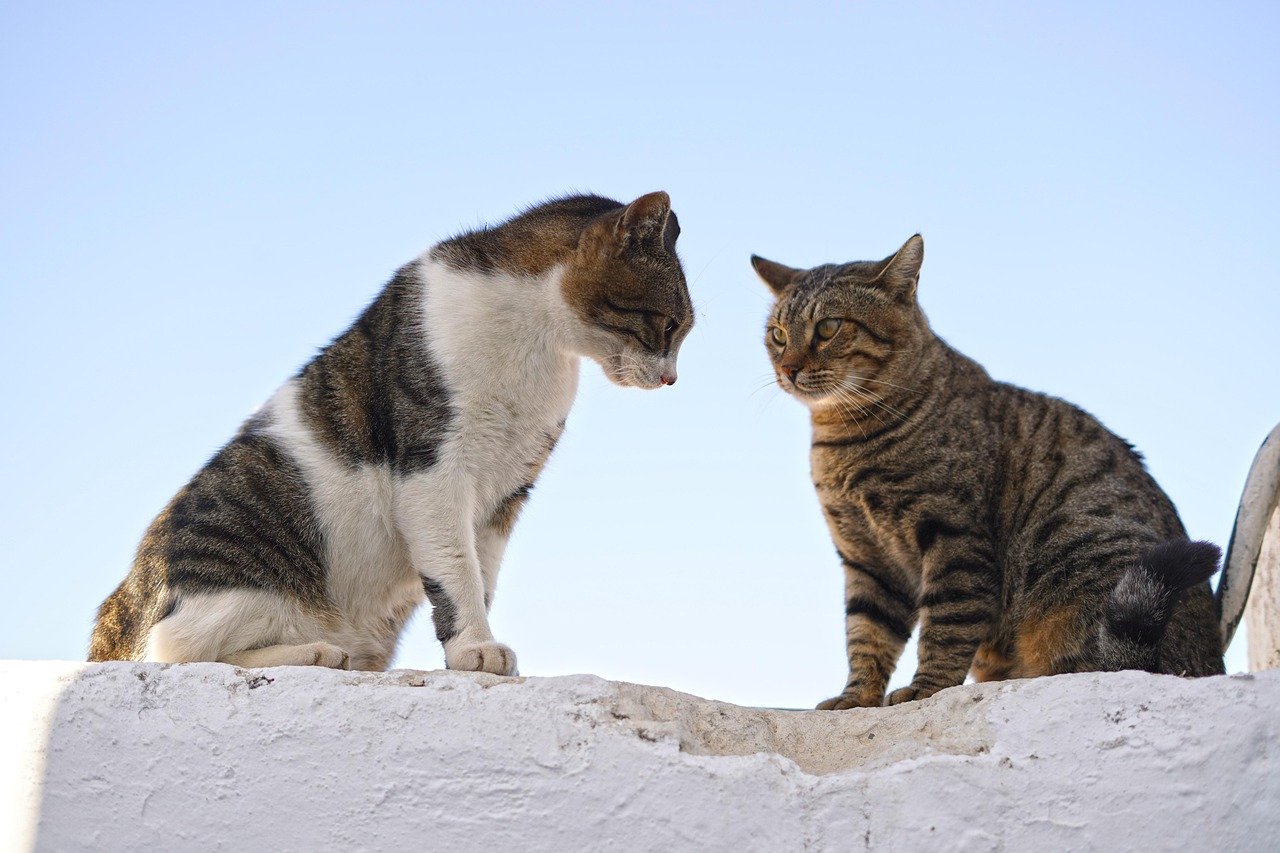
Cats are experts at reading body language. They notice the way you move, your posture, and how you interact with them. For example, the way you bend down to pick them up or the unique way you walk may trigger recognition. Even subtle gestures, like the way you reach for their favorite toy, become cues that help your cat identify you. This sensitivity to body language is part of what makes the cat-human bond so special.
Do Cats Remember Faces Over Time?

Memory in cats is a fascinating topic. They are thought to have both short-term and long-term memory, especially when it comes to people they care about. If you’re away for days, weeks, or even months, many cats will still recognize you when you return. This isn’t just wishful thinking—cats can remember people who treat them kindly or provide for their needs. Their memories aren’t perfect, but they’re strong enough to foster enduring relationships.
Cats and Strangers: Recognizing the Unfamiliar
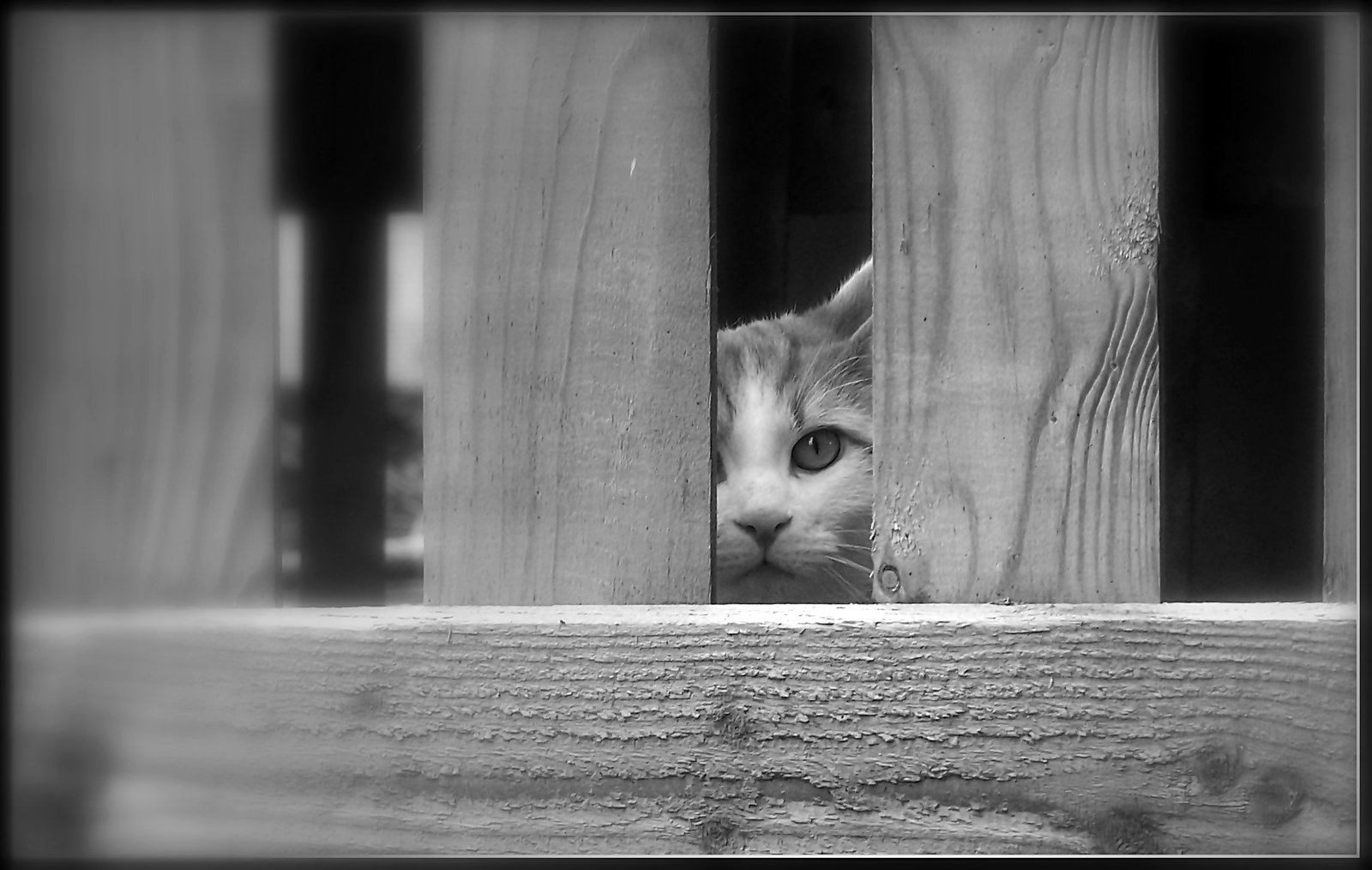
When a stranger enters your home, most cats react with caution or curiosity. Cats can tell the difference between familiar and unfamiliar faces, but their primary reaction is based on scent and behavior. If a stranger mimics your voice or gestures, your cat may be confused at first but will soon realize something’s off. This shows that recognition is a complex process, involving many sensory inputs, not just facial features.
Can Cats Recognize Themselves in a Mirror?

The classic “mirror test” is often used to determine if animals have self-recognition. Most cats don’t recognize themselves in mirrors; instead, they may react with curiosity or even hostility, thinking the reflection is another cat. While some cats eventually ignore their reflection, there’s little evidence that they understand it’s themselves. This suggests that while cats are keen observers, they process faces differently from humans.
Do Cats Prefer Familiar Faces?

Cats often show a preference for familiar people, seeking out their company and affection. They may even choose to sit beside you over anyone else in the room. This preference isn’t just about routine; it’s a sign of trust and comfort. Familiar faces—along with familiar scents and sounds—make cats feel safe and secure. This preference underscores the importance of consistency and routine in a cat’s life.
Facial Expressions: Do Cats Notice When You Smile?

It’s tempting to think your cat knows when you’re smiling or frowning. While cats don’t interpret facial expressions the same way humans do, they can pick up on emotional cues in your voice and body language. Some cats seem to respond to smiles with purring or head bumps, while others may react to a sad face with extra cuddles. This shows that while they may not “read” faces like we do, they’re still sensitive to our moods.
How Age and Experience Affect Cat Recognition
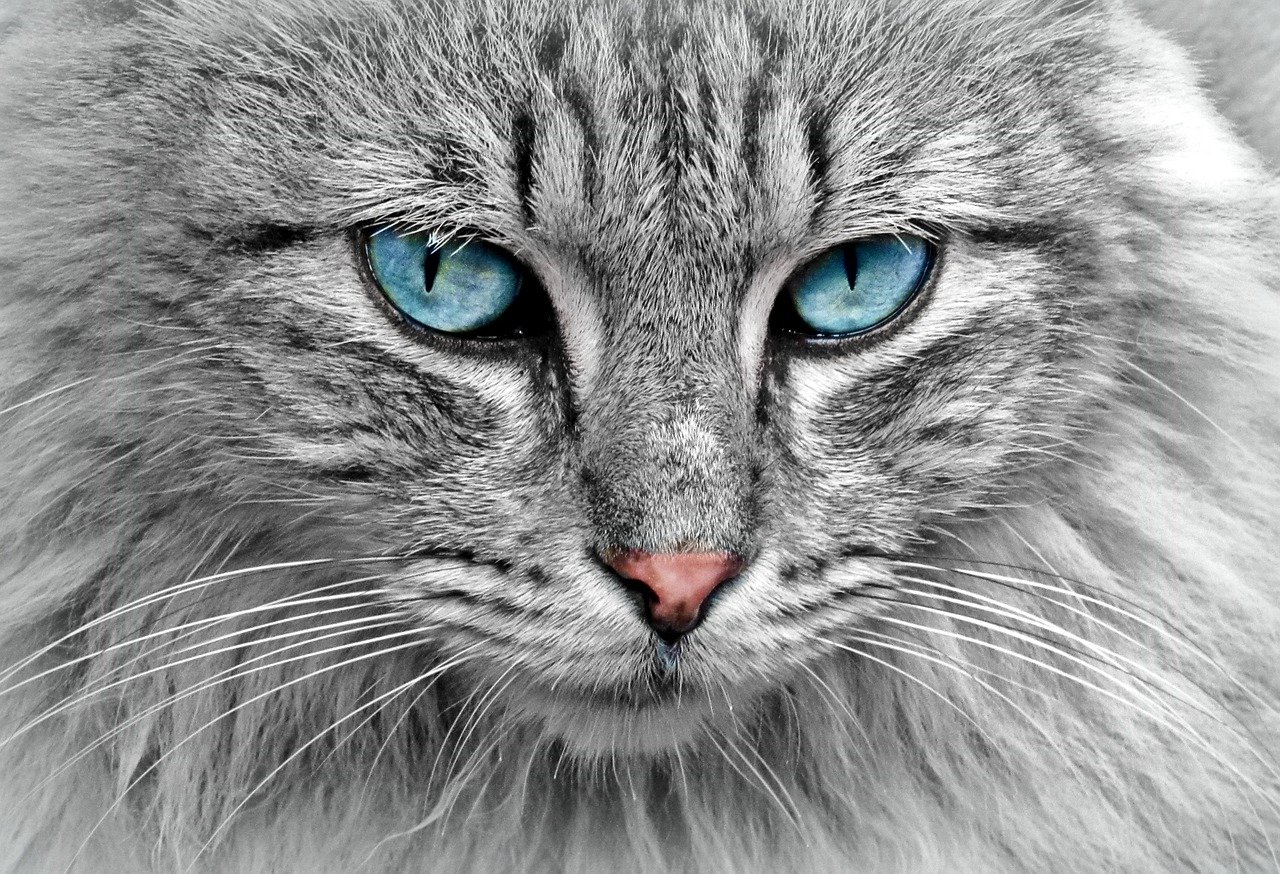
Kittens and older cats may recognize people differently. Young kittens are still developing their senses and may rely more on scent and sound initially. As cats age, their ability to recognize faces may change, especially if their vision declines. However, the emotional bond they share with their owners often endures, even if recognition becomes more challenging. This resilience highlights the depth of the cat-human relationship.
Breed Differences: Are Some Cats Better at Recognition?

Not all cats are the same when it comes to recognizing faces. Some breeds, like Siamese or Burmese, are known for being more social and attentive to their owners. These cats may be more likely to recognize and react to facial cues. Other breeds may be more independent and less focused on people’s faces. However, individual personality often matters more than breed, with some cats forming exceptionally strong bonds regardless of their lineage.
Training Cats to Recognize Faces

Believe it or not, cats can be trained to recognize faces. With patience and positive reinforcement, some owners have taught their cats to come to them when called or even respond to photos. This process involves repeating cues and rewarding the cat for correct responses. While not every cat will become a recognition expert, training can strengthen the bond between cat and owner and enhance communication.
Technology and Cat Recognition: Apps and Gadgets

The digital age has brought some surprising tools for cat lovers. There are now apps and gadgets designed to help you understand your cat’s behavior, some even claim to interpret meows or facial expressions. While most of these are still more fun than science, they highlight the growing interest in how cats perceive us. Technology may one day unlock even more secrets about feline recognition and communication.
Stories from Cat Owners: Heartwarming Examples
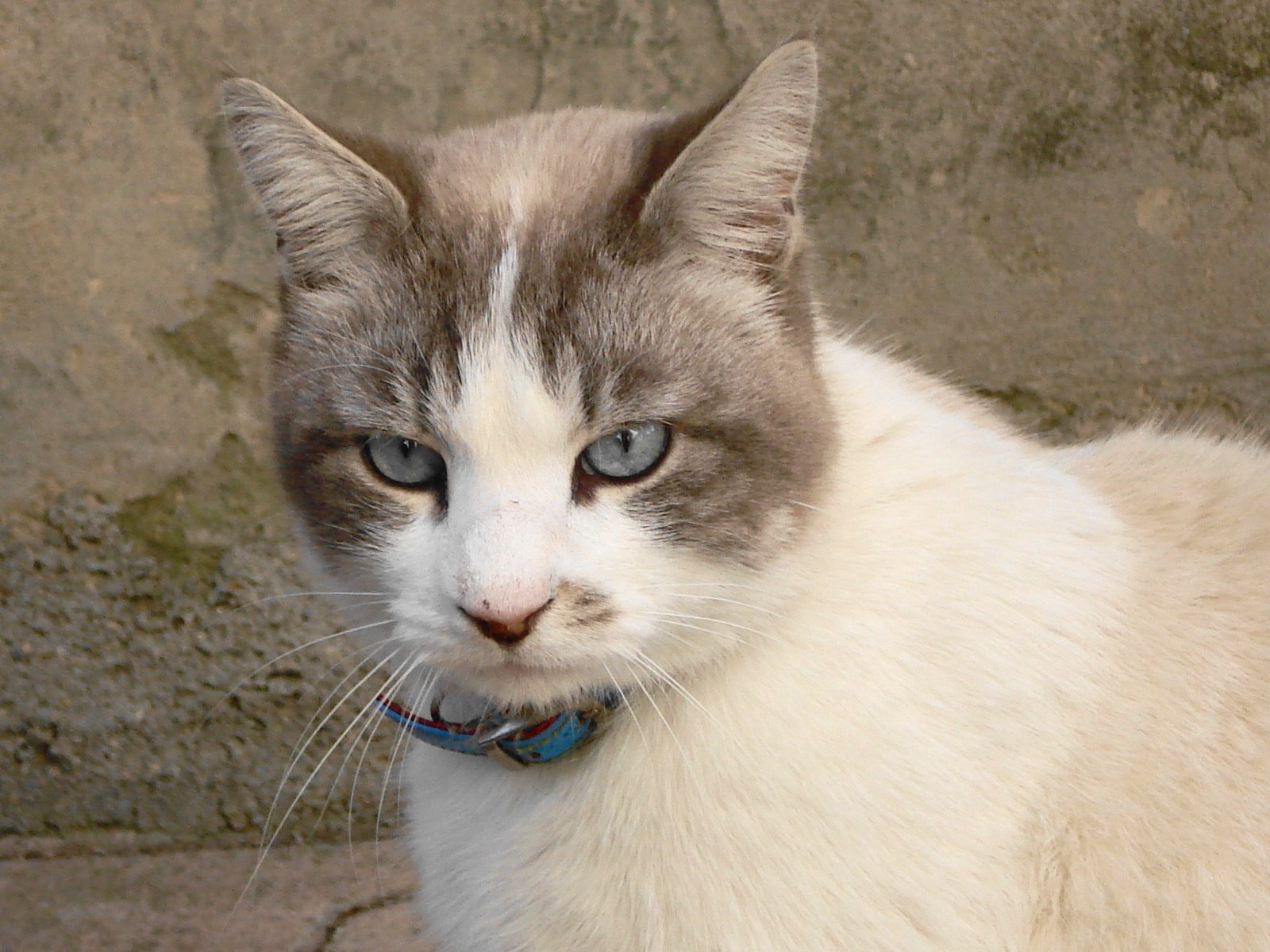
Many cat owners have touching stories about their cats recognizing them after long absences or changes in appearance. Whether it’s a soldier returning from deployment or a student coming home from college, cats often show unmistakable signs of recognition and affection. These stories, shared in living rooms and online forums, reinforce the idea that cats form deep, lasting connections with their humans.
Common Myths About Cat Recognition

There are plenty of myths about cats and their ability to recognize faces. Some people believe that cats are aloof and indifferent, caring little for who’s around them. Others think cats only care about food. The truth is far more complex. Cats form attachments, recognize their people in unique ways, and even grieve when separated from loved ones. Busting these myths helps us appreciate the emotional lives of our feline friends.
Feline Emotions: How Recognition Shapes Behavior

When a cat recognizes someone, it can trigger strong emotions—joy, excitement, or even anxiety. For example, many cats greet their favorite human with purring, head butts, or playful antics. On the flip side, unfamiliar faces can make a cat withdrawn or cautious. Recognition shapes how cats interact with the world, influencing their daily routines and relationships.
The Cat-Human Bond: Why Recognition Matters

The ability of cats to recognize their humans is at the heart of the cat-human bond. It’s what turns a house into a home, transforming simple routines into shared rituals. Whether it’s recognizing your face, your scent, or your voice, your cat’s recognition is a sign of trust and affection. This special connection is what keeps cat lovers coming back for more, despite the occasional scratch or midnight zoomie.
Looking Ahead: What Future Research May Reveal

Scientists continue to study how cats recognize faces and what this means for their relationships with humans. New technologies, like brain scans and behavioral tests, promise fresh insights into the feline mind. As our understanding grows, we may discover even more remarkable ways that cats connect with us. Until then, every head bump, slow blink, and purr is a reminder that recognition goes far beyond just faces.
Hi, I’m Bola, a passionate writer and creative strategist with a knack for crafting compelling content that educates, inspires, and connects. Over the years, I’ve honed my skills across various writing fields, including content creation, copywriting, online course development, and video scriptwriting.
When I’m not at my desk, you’ll find me exploring new ideas, reading books, or brainstorming creative ways to solve challenges. I believe that words have the power to transform, and I’m here to help you leverage that power for success.
Thanks for stopping by, Keep coming to this website to checkout new articles form me. You’d always love it!






